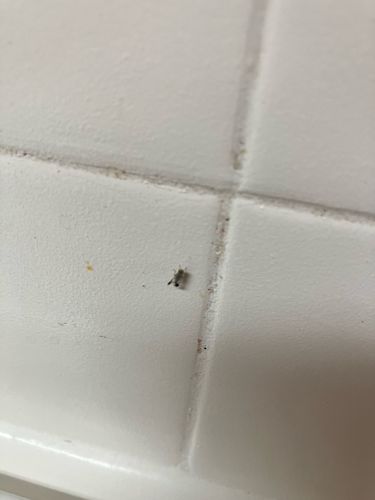Drain Fly
Scientific Name: Psychodidae
Order & Family: Order: Diptera, Family: Psychodidae
Size: 2mm - 5mm (0.08 - 0.2 inches)

Natural Habitat
Typically found in moist, organic-rich environments such as sinks, drains, sewage treatment plants, and septic tanks. Larvae develop in the gelatinous film that accumulates in these areas.
Diet & Feeding
Adult drain flies do not typically feed on solid food but may consume liquids like nectar. Larvae feed on organic matter, algae, fungi, and microorganisms found in the slime layers of drains and pipes.
Behavior Patterns
Adults are weak fliers and often seen resting on walls near breeding sites. They are most active at night. Females lay eggs in moist organic films. The life cycle from egg to adult can be as short as 1-3 weeks depending on conditions.
Risks & Benefits
Potential Risks: Nuisance pest, especially in kitchens and bathrooms. Can mechanically transmit bacteria from unsanitary breeding sites to food preparation areas, though direct disease transmission to humans is rare. In large numbers, they can indicate a sanitation problem. Potential Benefits: Larvae help break down organic matter in drains, acting as decomposers.
Identified on: 10/30/2025